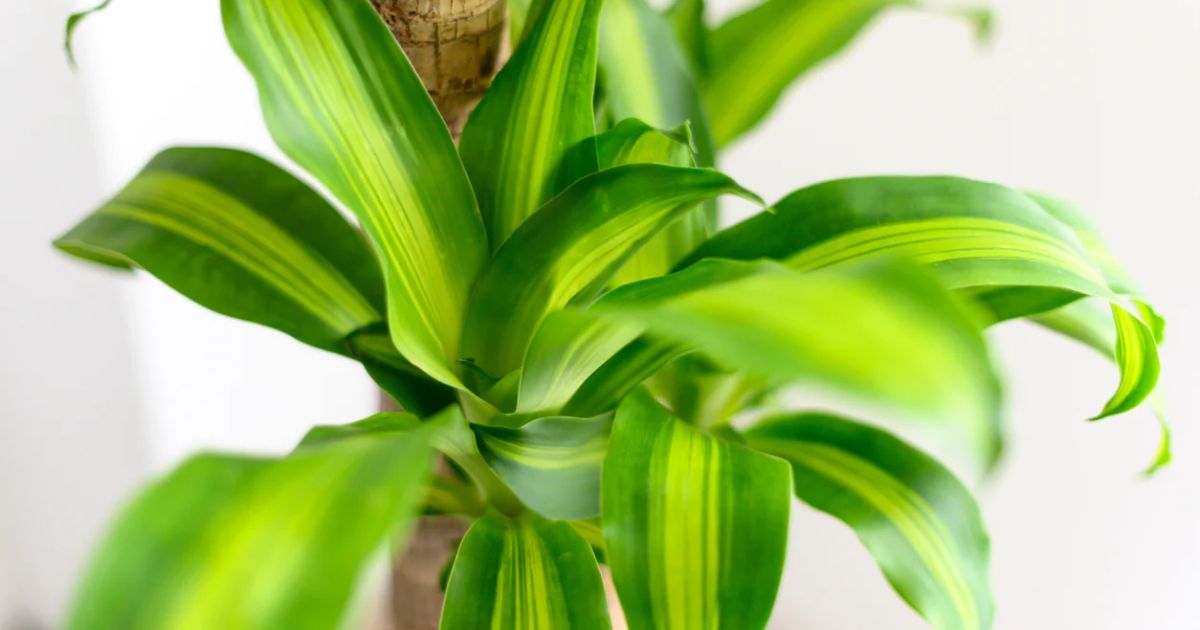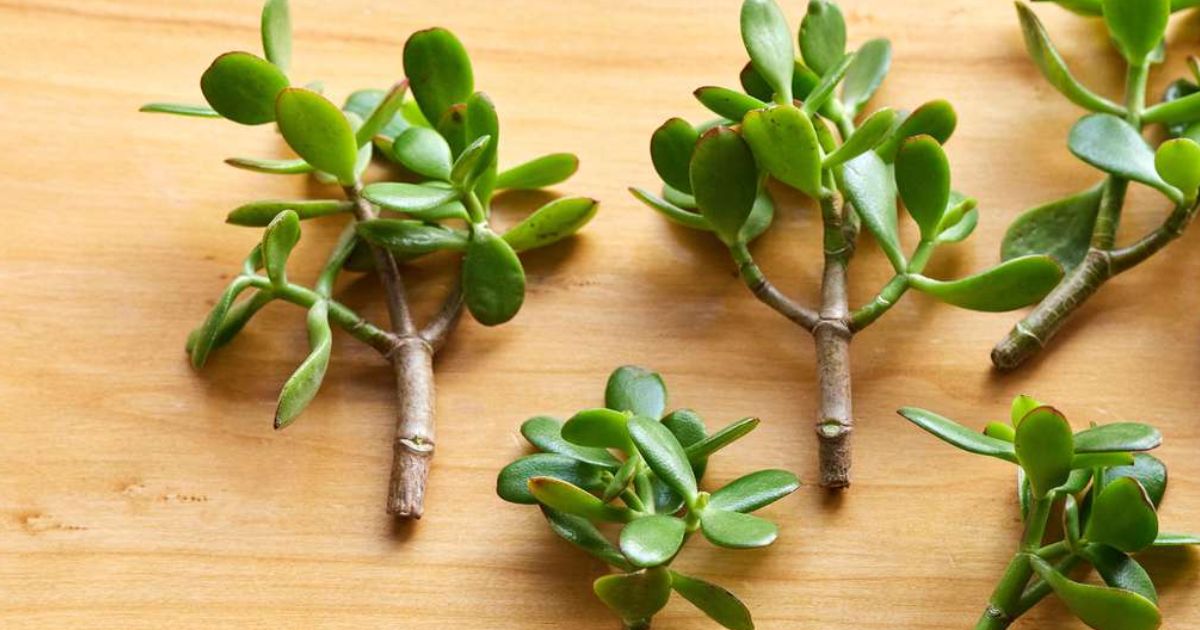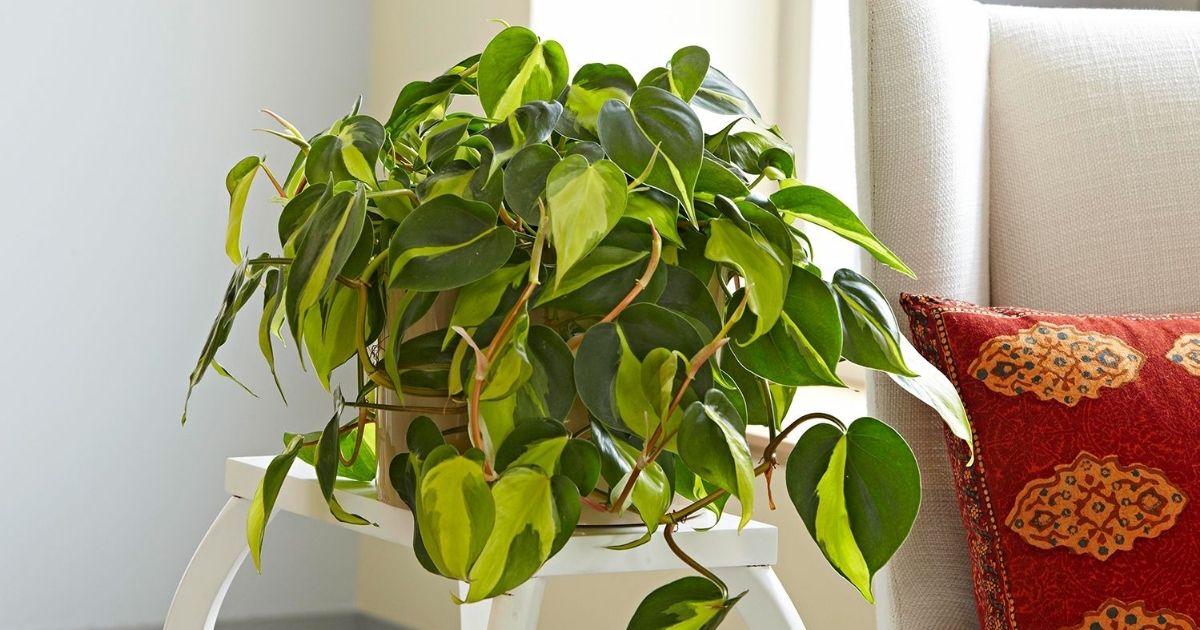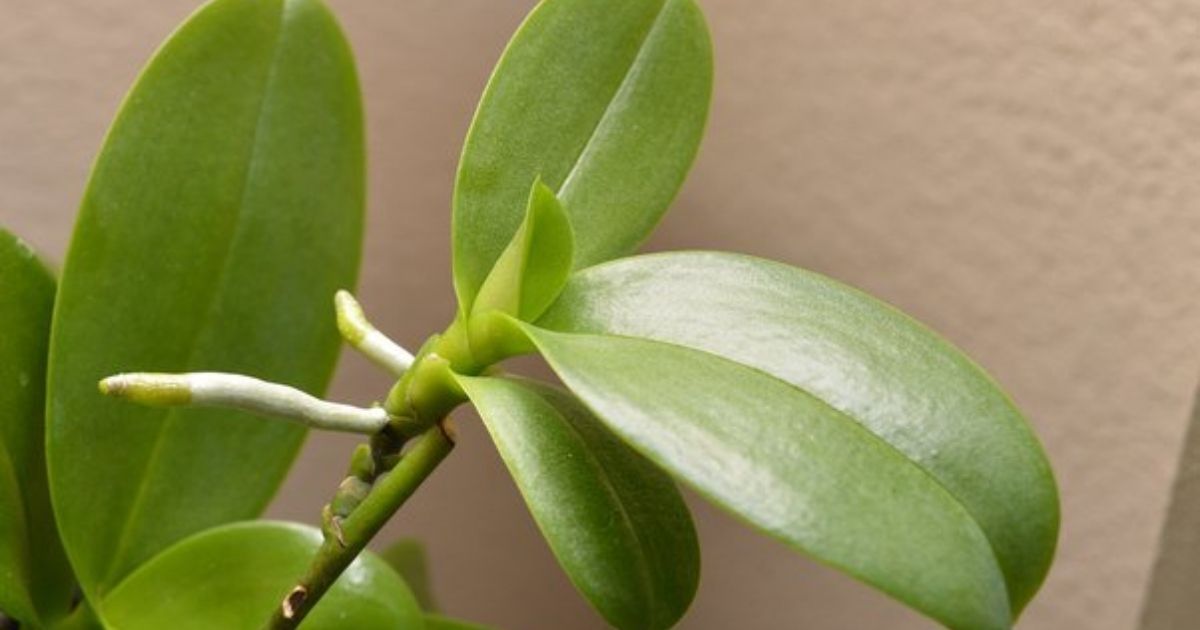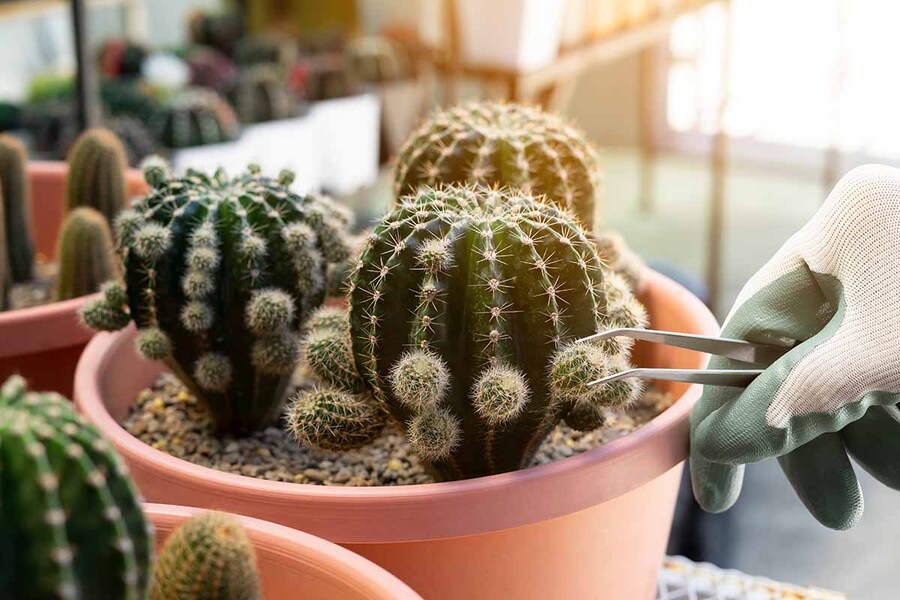How To Propagate Succulent In 3 Methods: Guide For Beginners
Propagating succulents involves creating new plants from existing ones using a vegetative cloning process. This allows you to multiply your favorite varieties and rejuvenate leggy plants. For detailed information, this blog will cover everything with step-by-step instructions on how to propagate succulent. Read now!
Table of Contents
What Is Succulent Propagation?
Succulent propagation is the process of creating new succulent plants from existing ones. It's a vegetative propagation method, so you clone the mother plant to grow genetically identical offspring.
There are two reasons why you might want to propagate succulents. Firstly, propagation is a great way to create more of your favorite succulents to fill out your collection or share with friends. Moreover, propagating can behead the parent plant and encourage new growth at the base while creating new plants from the leaves or beheaded stems.
>>> See More: How To Propagate Money Tree: 3 Easy & Fastest Ways
How To Propagate Succulent: 2 Simple Methods
Before knowing how to propagate succulent, you must gather all the materials mentioned below:
What You'll Need
- Container or shallow tray
- Small plastic or terra-cotta pot
- Sandy, well-draining soil mix
Propagate Succulents From Leaves or Stems
Propagating succulents from leaves or stems involves creating new plants from existing ones by carefully removing healthy leaves or stems to develop roots. If you’re curious about this method, see the guides below.
Step 1: Remove The Piece From a Healthy Succulent Plant
The first step on how to propagate a succulent is removing a leaf or stem.
For those who want to propagate succulent leaves, keep the base (where it attaches to the stem) fully intact when cutting leaves. This is where new growth happens. Gently wiggle and twist the leaf until it pops off the stem.
For stem cuttings, use a razor blade, sterilized knife, pruning snips, or sharp scissors. Avoid damaging the stem or cutting it in more than one spot.
Step 2: Allow Cutting to Form a Callus And Place The Leaves In Soil
Whether you use a stem cutting or a leaf, you must let it dry out in a warm, well-ventilated area so the cut can form a callus. This process typically takes 2 to 4 days.
Once the callus has formed, prepare a pot or small tray with moist, sandy, well-draining potting soil. Place the leaf or stem on top of the soil, ensuring that the base of the leaf or the calloused section of the stem has direct contact with the soil's surface.
Step 3: Put the Tray in a Bright Location
To help your pot plant thrive, put it in a warm area that receives bright, indirect light. Direct sunlight can burn and scorch the leaves, so avoid it. Remember not to mist the leaves or water the soil until the roots grow. The leaves cannot absorb water without roots.
Step 4: Water Once Roots Start to Grow
After approximately 4 weeks, you may notice small white or pink roots emerging from the callus. You can water the roots when they start to grow the succulents occasionally, but remember that they do not need much water.
Wait until you observe small buds forming at the base of the leaf or stem before watering the succulent for the first time. Once done, focus the watering on the roots instead of the leaves.
Then, wait until the soil has dried out before watering the succulent again. As your new succulent grows, it will stay attached to the original leaf or stem. Do not remove this leaf or stem since it supplies the new succulent with energy and aids in its development. Although it may appear unusual, it will eventually fall off.
Step 5: Repot New Succulents
Waiting a few months before transferring the succulents to their pots. Before repotting, ensure they are at least 1 inch broad and have established root systems.
When the succulents are mature enough to transplant, fill a small plastic or terracotta pot with a sandy, well-drained soil mixture, such as succulent or cactus soil mix. After preparing the pot, plant the succulent in it and pat the soil down firmly around the base. Then, move the succulent back to a bright, indirect light location.
Once the succulent has established itself, progressively move the pot to an area with more direct sunshine, taking care not to burn the leaves. You should move the pot every couple of days so that the succulent can gradually adapt to its new conditions.
Propagate Succulent In Water
Propagating plants in water allows you to witness the growth of new roots before transferring them to the soil. See the steps below:
Step 1: Choose a Healthy Stem Cutting And Let the Cutting Callus Over
Select a healthy stem from the succulent you want to propagate, which is not too young or old.
Then, you can use clean, sharp scissors or pruning shears to cut the stem cleanly. Make sure the cutting is at least 2-3 inches long. Let's remove leaves from the stem's bottom 1-2 inches.
Allow the cut end of the stem to callus over. Depending on the succulent species and environmental conditions, this usually takes a few days to a week. Placing the cutting in a dry, shaded area will help it callus faster and reduce the risk of rotting.
Step 2: Place the Cutting In The Water
Once the cutting has calloused over, fill a clean glass or jar with water. Make sure the water is room temperature or slightly lukewarm. You can use tap water, but letting the cutting sit out for a day or two is advisable to allow any chlorine to dissipate.
Place the calloused end of the cutting into the water, ensuring that the bottom 1-2 inches are submerged. Rocks or marbles at the bottom of the container can help support the cutting.
Step 3: Transplanting
Once the roots are well-established (at least 1-2 inches long), you can transplant the cutting into a well-draining potting mix suitable for succulents. Then, press down your finger or sticker to make a tiny hole in the soil and gently place the root cutting into it. Water sparingly after transplanting, allowing the soil to dry out between waterings.
Tips To Take Care Of Propagated Succulents
The most common mistake growers make when propagating succulents from leaves is watering them too early. Some methods suggest regularly misting the leaves to encourage new roots' growth. However, this practice is not only ineffective but also unnecessary.
- Be patient with succulents and interfere as little as possible.
- Use rooting hormone if you want to boost rooting success.
- The propagation process is created to thrive in arid conditions (with very little water). As a rule of thumb, less is more regarding propagating succulents from leaves.
Frequently Asked Questions
1. Is It Better To Propagate Succulents In Water Or Soil?
Propagating succulents in water is an option, but most growers recommend going with soil for the best results. While succulents thrive in dry environments with well-draining, soil water propagation goes against their natural preference.
2. Can You Grow A Succulent From A Leaf?
Propagating succulent leaves and cuttings is easiest in summer and spring since they are actively growing in these seasons. Most popular succulents can be propagated from individual leaves or stems.
3. Can You Propagate Succulents Without Roots?
Yes. Below are 5 steps to propagate succulents without roots:
- Step 1: Take a leaf from a healthy plant
- Step 2: Allow the leaf to callous.
- Step 3: Apply rooting hormone (optional)
- Step 4: Introduce the leaf to the soil.
- Step 5: Pot the plantlet.
4. How Do You Propagate Leggy Succulents?
Below are 6 steps for propagating leggy succulents
Step 1. Cut the top off a leggy succulent and leave 10cm/4 inches of stem.
Step 2. Cut the remaining stem into 5-10cm/2-4-inch pieces.
Step 3. Fill 9cm pots with a free-draining potting mix.
Step 4. Insert each stem section into a pot, ensuring it's right side up.
Step 5. Place pots in a cool and shady place and wait 2-4 weeks for roots to appear.
Step 6. Once established, move the plants to a sunny spot, providing bright light and high nitrogen feed.
